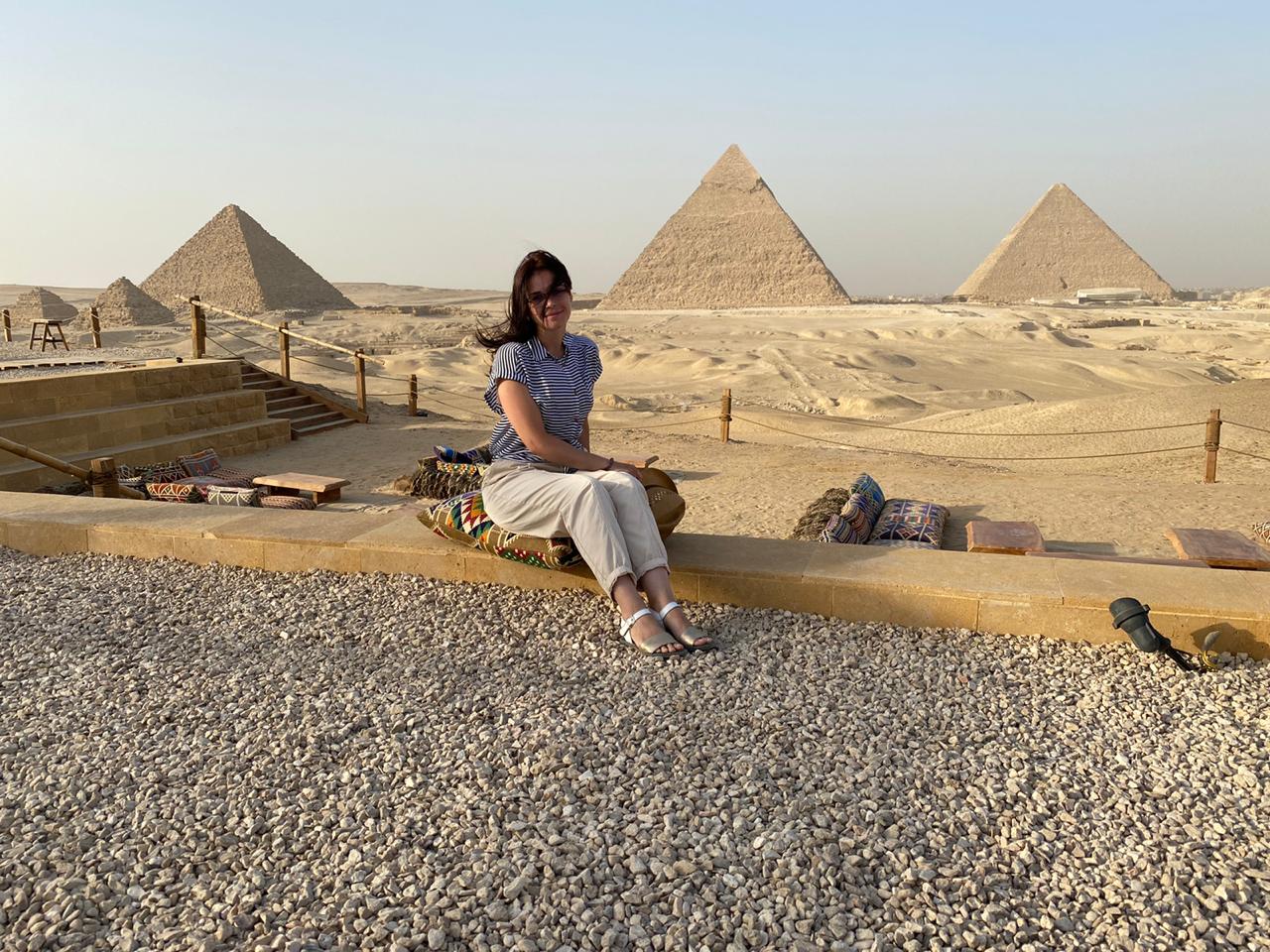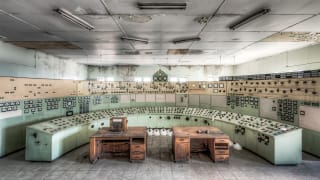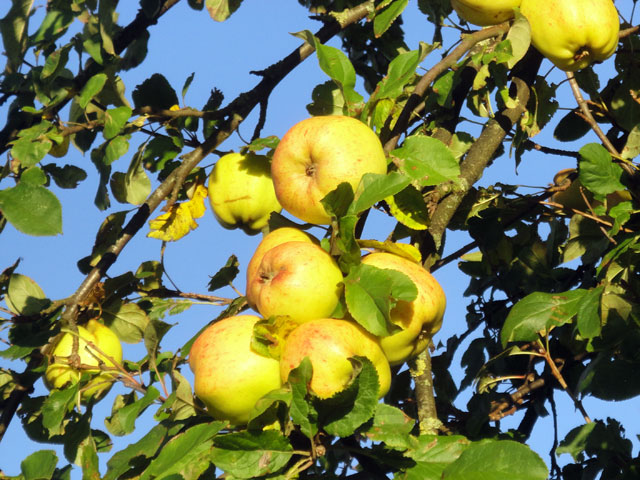
Before Rana ElNemr began her celebrated artistic career, she worked as a photojournalist; a sense of journalistic documentation and examination continues to run through much of her work. ElNemr focuses her lens on specific urban phenomena, exhaustively capturing elements of the city like the brightly decorated balconies of dull brick buildings, or the crowds of Cairenes who ride the metro.
Throughout her work, ElNemr carefully examines the fabric of Greater Cairo, but despite remaining focused on the city, her newest collection of work marks a departure. In “Giza Threads,” on display at the Townhouse Gallery until 21 March, ElNemr offers a quiet series of tenuously connected images that emerge from an intimate examination of her own photographic process. Egypt Independent sat down with ElNemr to discuss her new work.
Egypt Independent: Can you tell us how you started putting this project together, and where it first began?
Rana ElNemr: It is a bit of a long story. It started during a phase in 2009-2010, where I stopped producing new work, and was really thinking about what I was doing. I asked myself questions concerning what I like to photograph and why. I came to the conclusion that my artwork in general reflects an interest in certain short-term and quite ephemeral narratives and interventions that I come across. Sometimes these interventions or happenings combine to create a set of related narratives. They could be related to a certain space, like “The Metro” or the “Olympic Garden” series, or they could be related to a certain habit, like in the series on balconies. In all cases there were sets of relationships and narratives. This was kind of a revelation because before that I had thought the projects were independent of each other and what I was photographing between them were random images. I realized that I gave the projects too much weight in relation to what I perceived then as the photographs that I took between projects. I started looking into these random images in relation to the projects and in relation to each other. I started seeing this pattern and I started analyzing my own ways of perceiving the city.
Egypt Independent: Your previous works contain straightforward, thematic elements, and have specific subjects. How did you structure this project, not having that core subject?
ElNemr: There were always other threads and elements in the earlier works, but the existence of a strong unifying thread makes it difficult to identify more subtle links. These projects were very accessible, which [is something] I liked, but there were different levels at which you could stop. You could see it in a very straightforward way, and stop there, and that was sometimes frustrating. Here, people are forced to react to these much more subtle details. They have to because there is nothing straightforward for you to see right away.
Egypt Independent: So you began to shoot images like the ones that before had been random diversions from what you were working on at the time. How did you intentionally do something that had been unintentional?
ElNemr: Well after my questioning phase, I became much more conscious of previously unconscious choices and processes. I was able to trace patterns into what I had previously conceived of as random. After having put a structure into the work, I have intentionally changed some of my approaches and some of my visual and aesthetic decisions.
Then, at the beginning of this project, I was working in a very straightforward way, so I had these currents that I followed — something like the tourist route. I would see where the buses went, which routes they took, and follow them. It was very straightforward. Another was trying to map bureaucracy. When I went to renew my driver’s license, for example, I had to go from one building to another. I went back and retraced those steps, looking for moments of interruption.
Egypt Independent: So these currents are actual physical paths through the city.
ElNemr: Yes, and I would draw them on a map as part of my notes. I would follow them and look for these interactions and interventions. I was following these threads that were very clear, and then they began to become much more complicated. I can tell you about the tourist route because it is easy to follow and easy to describe, but then I began following these threads that were not easy to describe at all. I tried to follow the new highways, or to follow investment in new buildings, but in the end it was impossible to make a map. The map was a good start, but I could not follow it, it became just a tool for finding starting points for these threads.
Egypt Independent: When you talk about interventions, do you mean your own intervention into something, or something that breaks the continuity of what you are seeing?
ElNemr: It is something that actually breaks my flow. Before, it would be when I went to shoot something specific, and happened to shoot something else. The scenes are the ones that interrupt me. Of course, I am keeping a wide eye, and most of the time, I am allowing myself to be interrupted. And often it was the case where I witnessed this intervention, I noticed this specific place, and I noticed how it made me feel, so I went back to take the picture later.
Egypt Independent: Would you say that experience itself is what you are trying to capture?
ElNemr: Yes exactly. I try to capture the moment of the intervention while preserving some kind of balance between that intervening stream and the interrupted flow. I choose to photograph in a light that is sometimes rather dim, or broken by a sandstorm or clouds, and I choose an angle that does not dramatize or iconize the elements or narratives. You can see this in many images, like in this image of the geese. I have also chosen a printing size, where each photographed intervention does not overpower the viewer, or the viewer overpowers it; and I wanted the viewer to witness both the flow of empty spaces in the installation and its tension with the flow of captured moments.
Egypt Independent: Are there particular images in this series that you feel you would want to take further, or that might open the door to a future project?
ElNemr: All of them come from places where I had an interest that I might want to develop further. But for example, I am very interested in the images of these objects, the pyramid and the snow globe, taken in the souvenir shop. The other thing I have been interested in for a long time is the green spaces, these images of gardens and nurseries.






